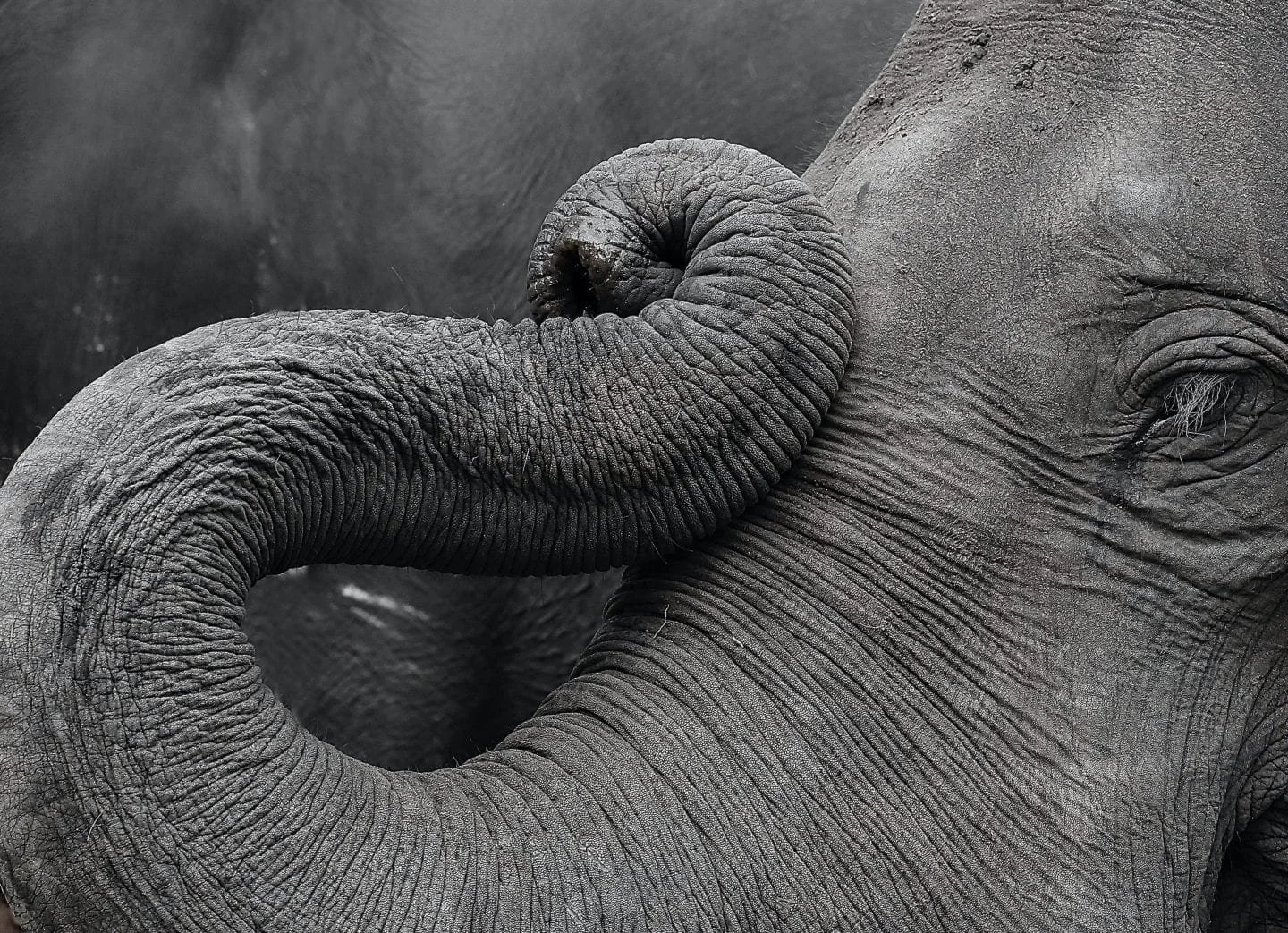How elephant trunks twist and twirl
When I worked at IDEO in Chicago (US), a human-centred-design and innovation firm, it was all the rage among designers: biomimicry. There were talks. There was a book. (Biomimicry: Innovation Inspired by Nature, by Janine Benyus). There was a consultancy. (Benyus co-founded the world’s first bio-inspired consultancy: Biomimicry 3.8). And there was an institute. (Benyus later co-founded the Biomimicry Institute, dedicated to making biology a natural part of the design process).
And yes, it made so much sense. To look more closely, and listen more deeply to nature's endless wisdom, especially when we are looking for ways to solve complex design problems.
And now, there is Ask Nature.Org. As Janine describes it: "A portal to the wisdom nature holds".
“When we Ask Nature, first we quiet our human cleverness. Then we ask, and then we listen. The answer is the echo that bounces off of the land herself. With the solution in hand, we always end the circle by saying thank you.”
––Janine Benyus
Turning deep knowledge into accessible and actionable insights, I so admire it. And that is what this project does exactly: it offers an overview of 'innovations' and 'strategies' created by plants, animals, and microbes, after billions of years of research and development.
In the section 'biological strategies' you can read "How a Camel’s Fur Coat Keeps It Cool", "How Salt and Squeezing Turn Liquid to Spider Silk", and yes: "How Elephant Trunks Twist and Twirl". (Biological Strategies)
The project includes an overview of 'innovative material use' and toolkits for educators, for different age ranges. And under 'collections' they discuss themes like: How Does Nature Deal With Stress? (Deal with stress)
The living world holds answers for us to create a more resilient, regenerative, and beautiful world. It is time to quiet our cleverness, to observe and listen deeply, and reconnect to nature’s wisdom by asking, “How does nature solve this?”
Yes please. Let’s do that.
